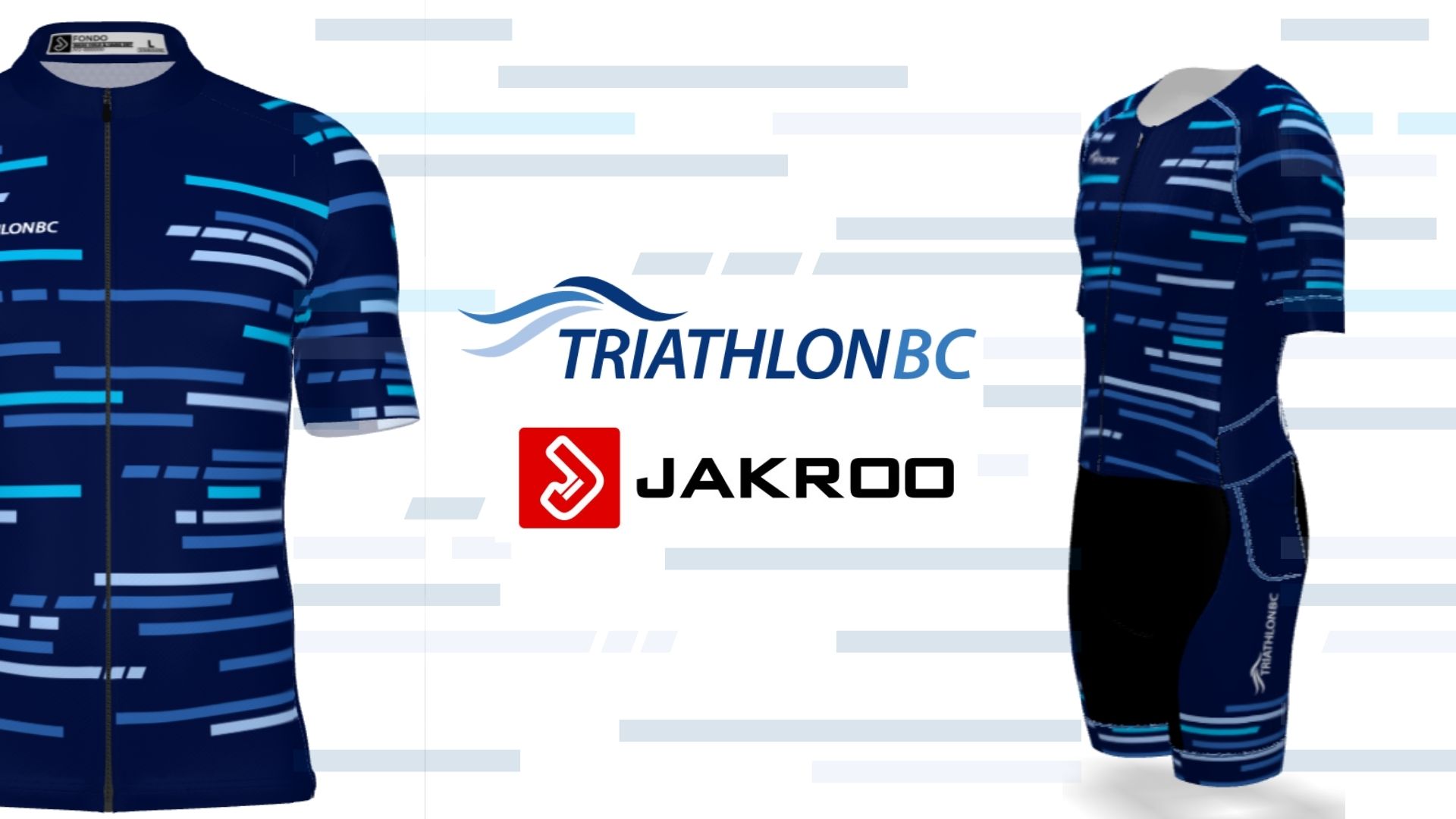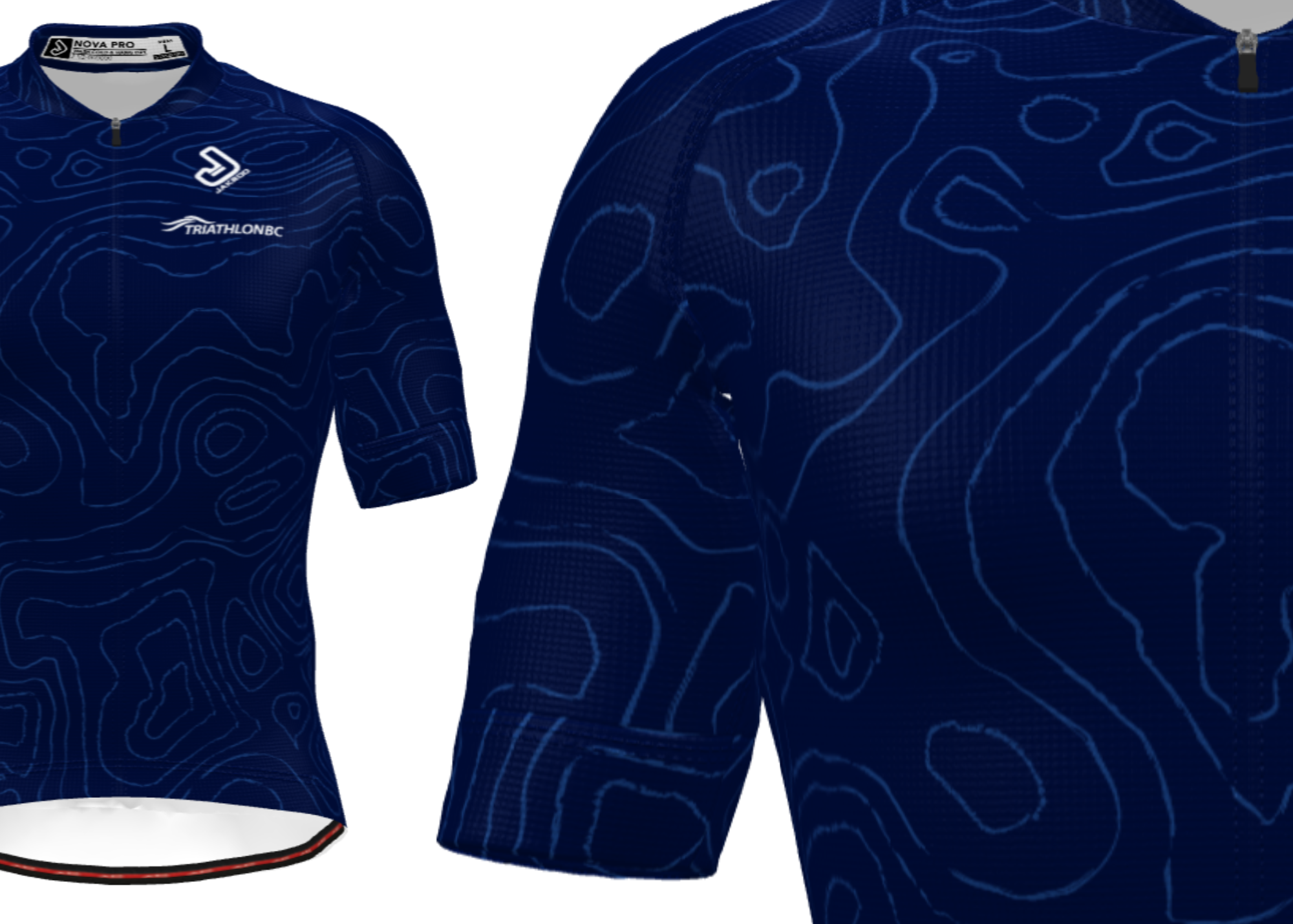Triathlon training isn’t just about putting in the hours, it’s about how you spend those hours.
One of the most important skills any athlete can develop is learning to train at the right intensity. That starts with understanding your training zones.
Zones aren’t arbitrary. Each one reflects how your body responds to effort, and is anchored by measurable markers. When you train in the right zone, you target the specific adaptations that build endurance, strength, and resilience — the foundations of performance.
What Are Training Zones?
Training zones are ranges of effort defined by key physiological and perceptual markers:
- Percentage of Maximum Heart Rate (%HR) — your heart rate as a proportion of your true max.
- Rate of Perceived Exertion (RPE) — how hard it feels on a 1–10 scale.
- Metabolic Thresholds — these are the physiological breakpoints where your body shifts from primarily aerobic (steady-state) to anaerobic (high-intensity) metabolism. In simpler terms, it’s the difference between what feels sustainable and what you can only hold for a short time.
- Percentage of VO₂ Max — the gold standard for measuring aerobic capacity, though not everyone has access to it outside of lab testing.
Different systems define zones slightly differently, but we’ll use the Norwegian 5-Zone Model, a practical, evidence-based framework trusted by elite endurance programs worldwide.
Training by Feel: The Power of RPE
Technology helps define zones — from heart rate monitors to power meters — but one of the most reliable tools is also the simplest: your Rate of Perceived Exertion (RPE).
RPE integrates everything: breathing, muscle fatigue, mental effort, even recovery status. It keeps you honest when the data is off due to fatigue, heat, or stress.
| Zone | RPE (1–10) | How It Feels/Talk Test |
| 1 | 1–2 | Very easy — light spin, gentle jog, full conversation possible |
| 2 | 3–4 | Comfortable, full sentences easy |
| 3 | 5–6 | “Comfortably hard,” talking in short phrases |
| 4 | 7–8 | Hard, focused, breathing heavy, single words or short phrases |
| 5 | 9–10 | All-out, talking not possible |
Even elite athletes use RPE to double-check their data. For age-groupers, it’s the safeguard that keeps easy sessions easy — and the hard ones truly hard.
Quick Reference: Norwegian 5-Zone Model
| Zone | % Max HR | RPE | How It Feels | Key Adaptations |
| 1 | <65% | 1–2 | Very light, effortless | Recovery, circulation, reduced stress load |
| 2 | 65–75% | 3–4 | Conversational, relaxed, full sentences | Aerobic base, improved fat metabolism, mitochondrial and capillary development |
| 3 | 75–85% | 5–6 | “Comfortably hard,” short phrases | Improved lactate threshold, durability, ability to sustain higher intensity |
| 4 | 85–90% | 7–8 | Hard, single words | Lactate clearance, muscular endurance, race-pace strength |
| 5 | >90% | 9–10 | All-out, short bursts. No talking | VO₂ max, neuromuscular efficiency, peak performance |
The Zone 3 Trap
One of the most common mistakes in triathlon training is drifting unintentionally into Zone 3.
It feels productive — you’re sweating, breathing harder, and working — but it’s a trap. Zone 3 is too hard to count as recovery, and too easy to drive major adaptation. Many age-group athletes spend most of their training here and wonder why they’ve stopped improving.
The solution is simple but not easy: discipline. Keep your Zone 1–2 sessions truly easy (even if it feels slower than you’d like), and save your effort for deliberate Zone 4–5 workouts.
Pros live by this separation — it’s how they train high volume without burnout.
When training intensity matches physiology, your body adapts in ways that stack over time. The result isn’t just “fitness,” it’s efficiency, durability, and confidence on race day.
The Takeaway
The Norwegian 5-Zone model is simple, practical, and built for real-world athletes. Each zone has a purpose — the key is knowing where you are, and staying there.
So next time you clip in or lace up, ask yourself:
What zone am I in?
If it’s easy, let it be easy. If it’s hard, commit fully.
That’s how you turn training hours into performance — and performance into longevity.
About Dr. Sirounis and Evolving Health
Dr. Demetrios Sirounis, MD, FRCPC is a cardiovascular anesthesiologist, critical care physician, and lifelong endurance athlete. He is the Co-Founder and Medical Director of Evolving Health, a Vancouver-based physiology lab and longevity clinic. At Evolving Health, his team delivers advanced testing and evidence-based health strategies that help athletes and active individuals understand their bodies, reduce injury risk, and build the foundation for long-term health and performance. Drawing on both medicine and sport, he continues to support the endurance community with insights to help triathletes train smarter and thrive for the long run.




